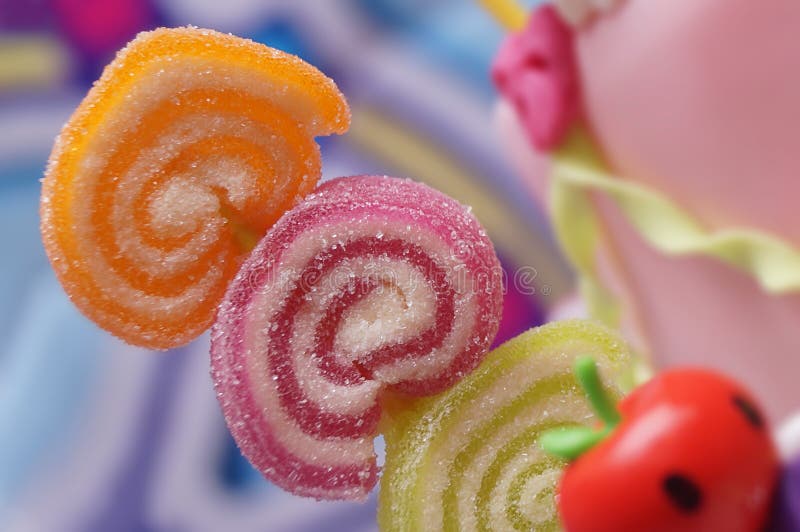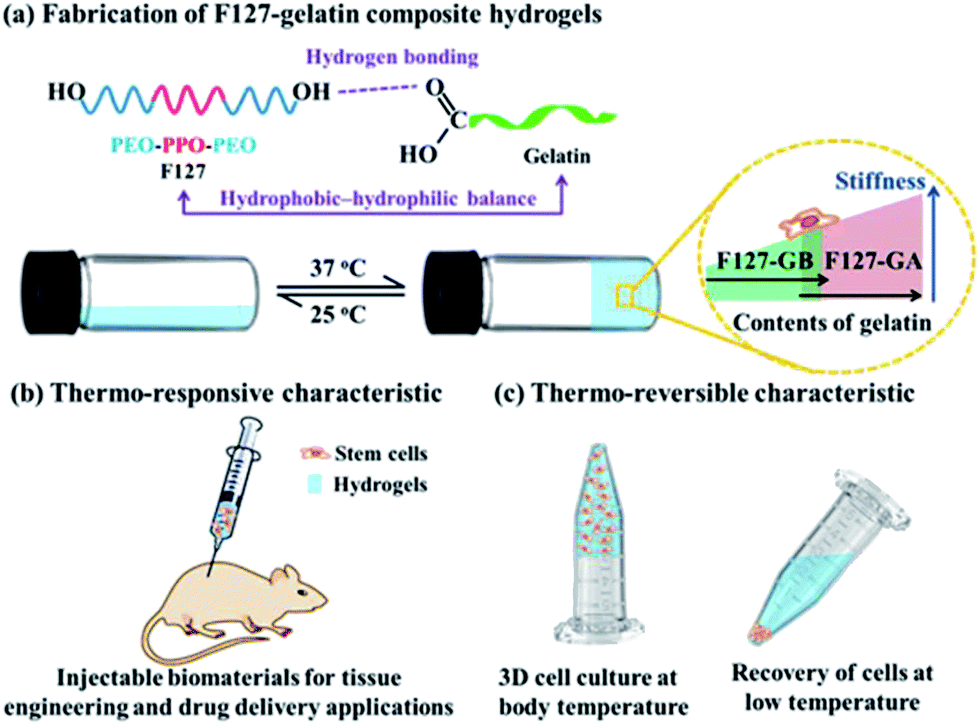
Pill capsules and soft gels used for vitamins and supplements as well as some medications.Filters for alcoholic beverages such as beer and wine, though not always listed on the label.Snack food coatings and seasonings, including peanuts.Cream cheese, margarine, peanut butter, and low-fat spreads.Jell-o desserts and aspics, puddings, yogurts, trifles, clear sauces, glazes, and jello shots.Common places you may find gelatin include… Foods That Sometimes Contain Gelatin The frustrating thing about gelatin is that it often shows up where you least expect it, and since it’s not one of the top allergens, manufacturers can hide it within the list of ingredients without calling attention to the fact. Get your magnifying glasses out and let’s examine some labels! What Are Sneaky Products That Contain Gelatin?

Gelatin can then be sold directly to manufacturing companies, or directly to consumer in the form of gelatin powder and gelatin sheets. The gelatin is passed through machines that press it into gelatin sheets (which can be further ground into a gelatin powder).The gelatinous liquid is flash-heat sterilized for a few seconds, the liquid is piped through filters to separate out the gelatin, it goes though evaporator machines to produce solid gelatin.They are then boiled while the plant workers use a tool to suck off the gelatin-containing liquid parts.Next are the vats of acid (or alkali) where the animal remains will soak for around 5 days to remove bacteria and enable the collagen to be released.They’re then sent through a massive oven that dries and roasts them for a half an hour at about 200☏.The animal bits are then bathed in hot water to remove the fat and grease (“degreasing”).The pieces are then sprayed with extremely high pressure water to clean them.Rotted parts are discarded and the rest are sent through massive machines that chop the animal remains into tiny parts Animal remains arrive at gelatin facility.Animals enter a slaughterhouse, are slaughtered, and their bones, tissues, and skins are sent to the gelatin facility.You know how we said that gelatin comes from animal hide, tissues, and bones? Well, those animal parts are boiled, dried, treated with a strong acid or base, filtered, and collagen is extracted. How is Gelatin Made?īrace yourself - the process for how gelatin is made is not pretty. Those colorful candies and desserts hold deathly secrets. Unlike meat, gelatin can be easy to miss because it doesn’t present as pieces of flesh, but it has the equivalent weight when it comes to loss of life. There are vegetarian gelatin alternatives, like Agar Agar, which you can read about below. It always comes directly from animal sources, whether it’s cows, pigs, horses, or fish.

To put a fine point on it, no, gelatin is not vegetarian or vegan.

Jello and Gelatin Cover Photo Source: Is Gelatin Vegetarian? Is Gelatin Vegan? It’s what creates the chewy texture in conventional marshmallows, gummy candies, Jell-o desserts, and more. This is done through by eating a diet rich in vitamin C, zinc, and copper, or supplementing to fill the gaps.įrom an industrial standpoint, gelatin has been an essential building block of many processed foods for its unique gelling and binding properties. Gelatin is derived from collagen, which is high in protein, giving it a “health halo,” although most consumers don’t realize that ingesting collagen isn’t even remotely as effective as building it yourself. The most common animals used for gelatin include pigs, cows, and even horses. You can make gelatin from almost any mammals (including humans, although luckily we’ve escaped that fate). That’s why you’ll often find gelatin plants located near slaughterhouses. So…what is gelatin made from? A byproduct of industrial meat processing, gelatin is made from various animal parts, including bones, hooves, skin, tendons, ligaments, and connective tissue.


 0 kommentar(er)
0 kommentar(er)
